This is the first in a series of blog posts exploring the art (and fun!) of photography. We hope to help you take better pictures whether you’re using a camera phone or a professional DSLR. From exploring your own backyard to travelling to far-off destinations, photography is a great way to observe, record, and connect with incredible people and places!
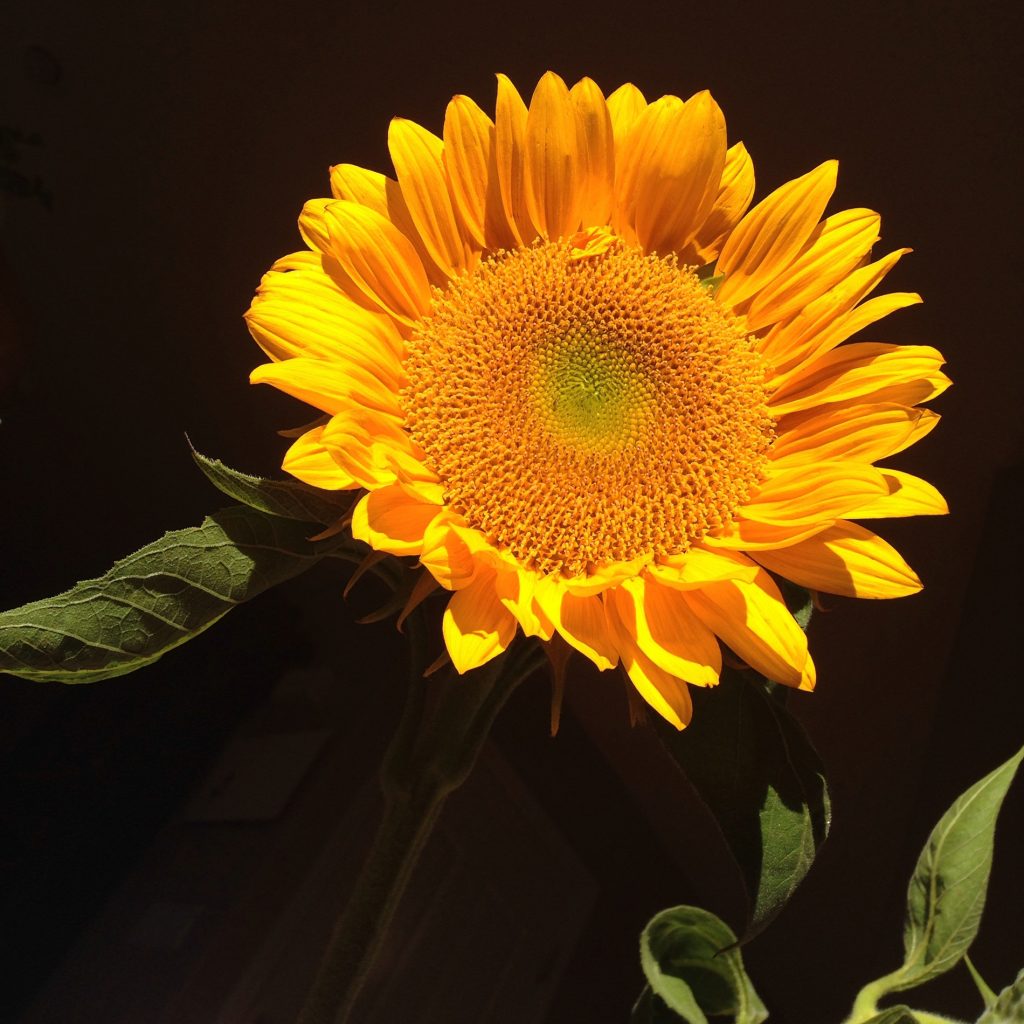
“You don’t take a photograph, you make it.” Ansel Adams
I fell in love with photography in college. I had been studying filmmaking and decided to take an ‘Intro to Photo’ class to learn the mechanics of light, exposure, and composition. I borrowed my father’s Pentax Spotmatic camera and spent most of my free time getting lost within the natural landscapes surrounding Boston, MA.
At school we studied f-stops and shutter speeds, and were introduced to an incredible diversity of photographers and photographic imagery. For the first time, I realized that a photograph could be more than the mechanical recording of an event – it could tell a story, inspire emotion, and celebrate unique moments. I came to understand that it was up to the skill and imagination of the photographer to convey their artistic intent… which could be accomplished through a combination of technical expertise and heartfelt vision.

When we press the shutter release on our camera we document what we find to be interesting, beautiful, or significant. Images can become a personal souvenir of some of our best and most meaningful experiences. Our favorite photographs have the ability to transport us back in time and allow us to share unique memories with family and friends.
For those of us that love photography, it’s a fun and worthwhile challenge to learn to take the best images possible!

The use of light is the deciding factor for an average or exceptional image. There are three main components which allow us to control and vary the amount of light we let into our cameras – some photographers refer to this as the ‘exposure triangle’. These are the camera’s aperture, shutter speed, and ISO. When used properly these three elements have the potential to create a perfectly exposed image and add interest and drama to our photos.
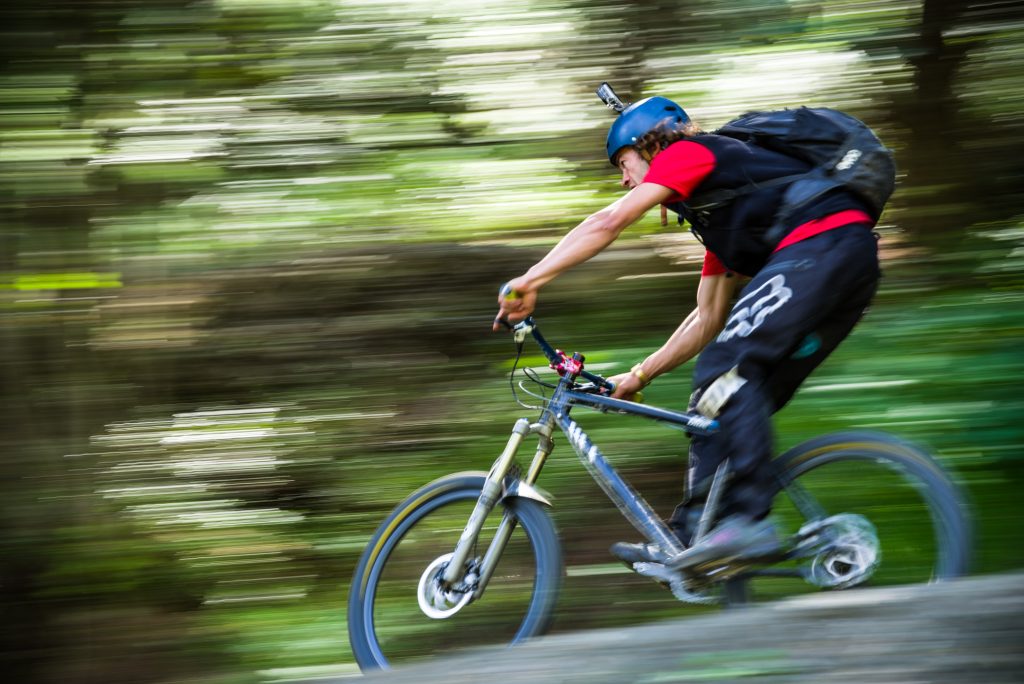
Shutter speed is the amount of time that the camera’s shutter is open. This is the amount of seconds that the digital sensor, or film, is exposed to light when taking a photo. By choosing the correct shutter speed a moving object can appear to be in motion, or stopped in time.

Aperture (also known as the f-stop) controls depth of field. Moving from one f-stop to the next increases or decreases the size of the lens opening, letting in more or less light, and changing the amount of your image that will be sharply in focus.
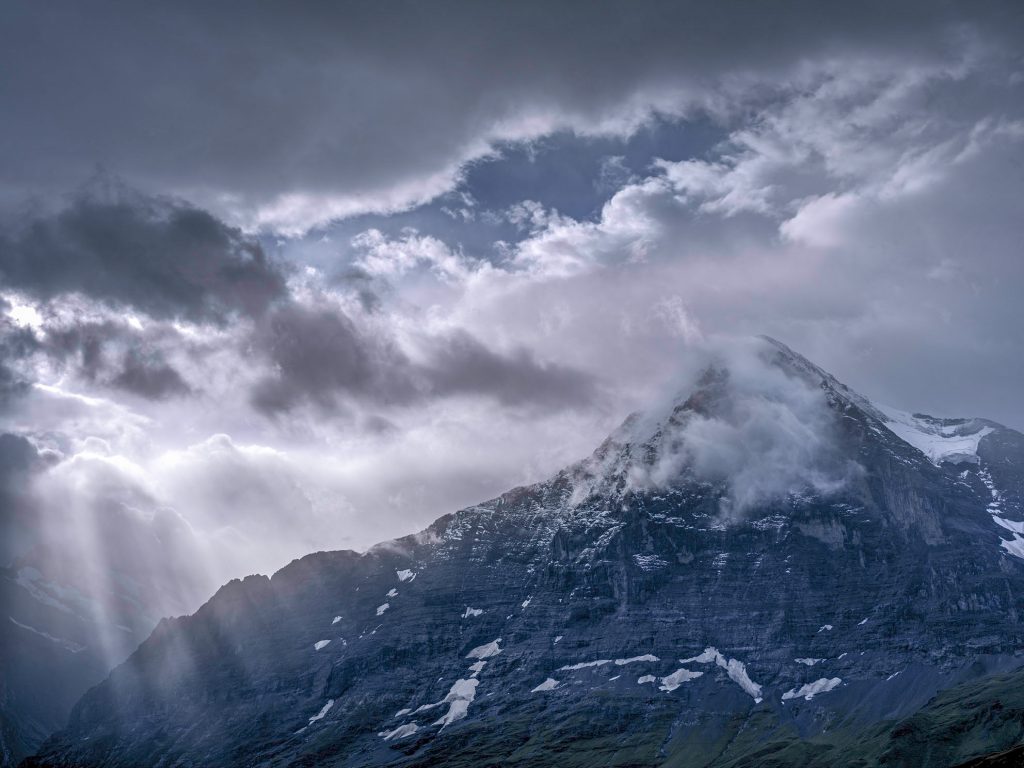
ISO measures the camera’s image sensor (or, film’s) sensitivity to light. It also controls the amount of digital noise or film grain that will appear in the final image.
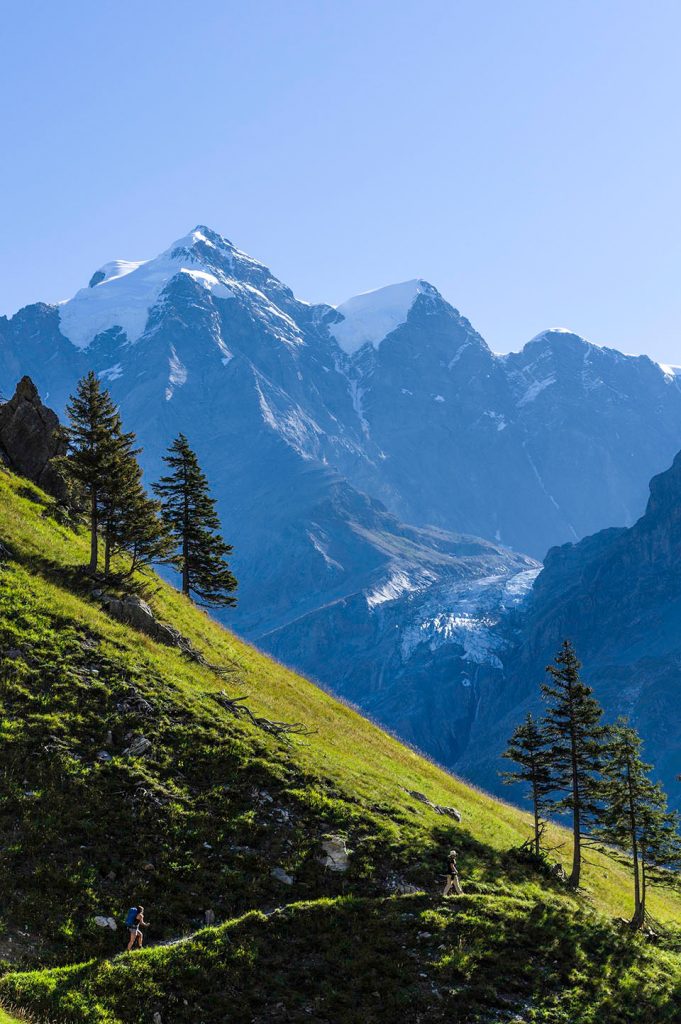
Aperture, shutter speed, and ISO all have a very specific impact on the way your photographs will look. Knowing how they work together and what they can do for your images will give you much more control over the final outcome of your photographs, even if you are using an automatic camera, or camera phone.
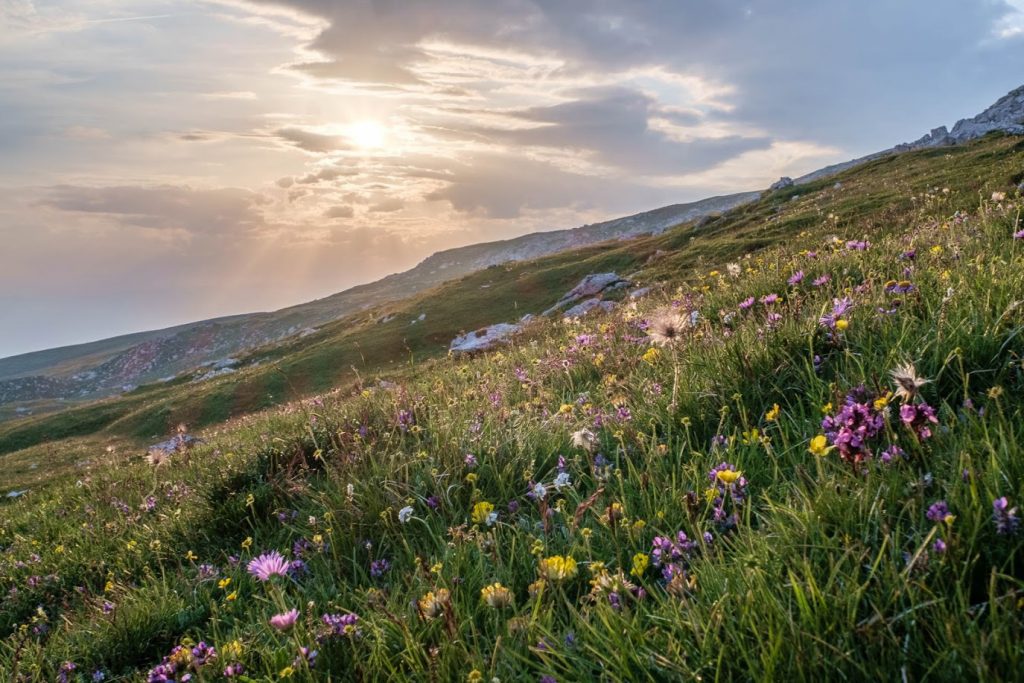
Great photographs are made with heart, creativity, and a bit of photographic skill. With practice the camera becomes a tool to quickly compose your shot and convey your feelings about the subject. The most important thing is to just get outside, have fun, explore, and take pictures!
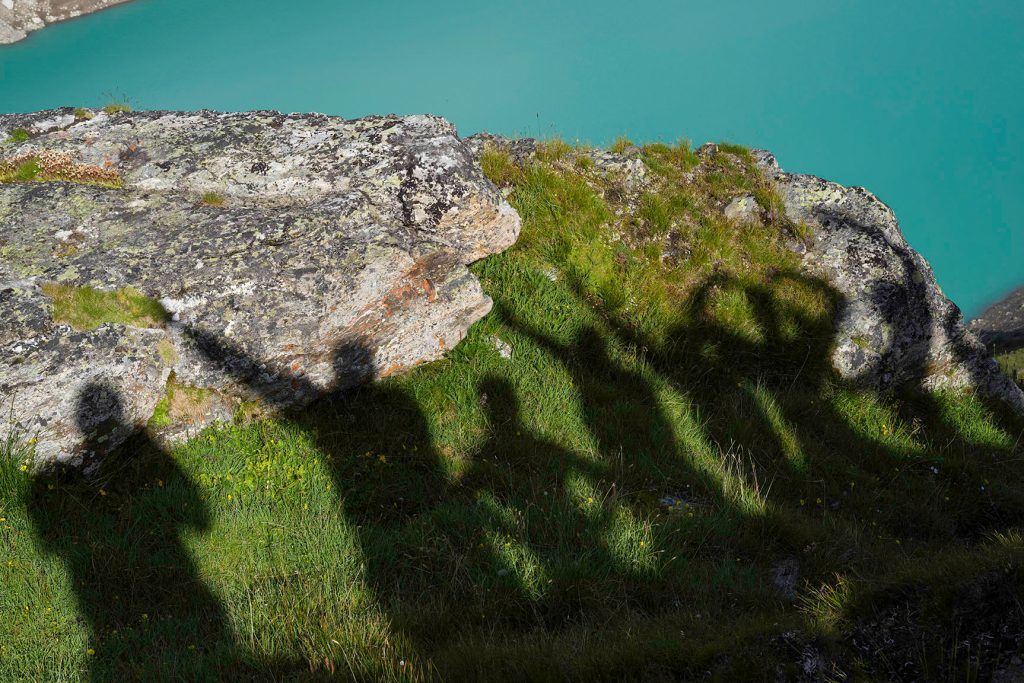
If you’d like to learn a variety of photographic techniques, tips and tricks from renowned photographer, Kerrick James, please check out our Guided Photography Workshop in the Dolomites this summer!
Over the next couple months we will continue this photo blog series with more detailed information about creative use of aperture, shutter speed, ISO, composition and quality of light, and camera phone photography!





